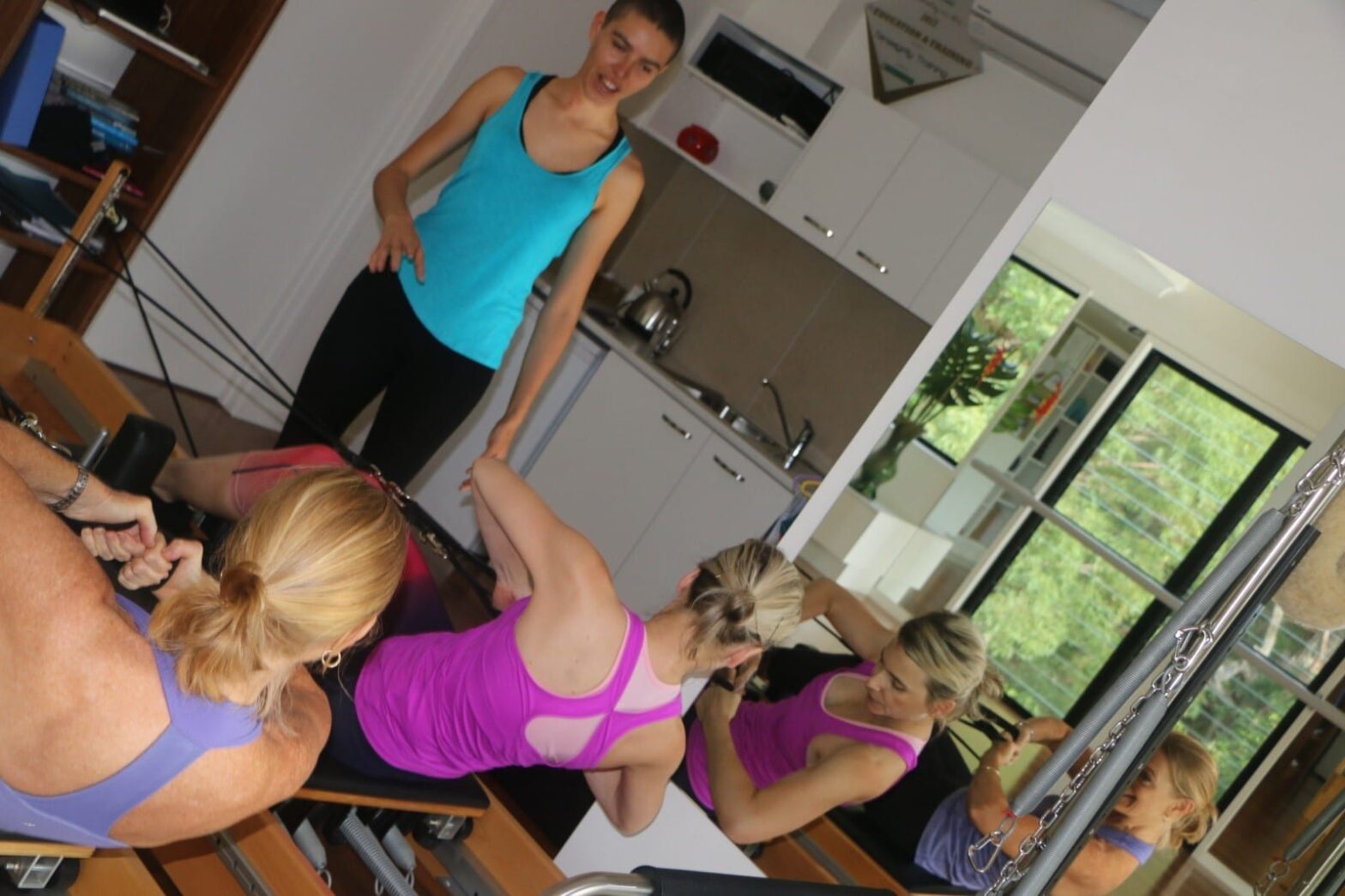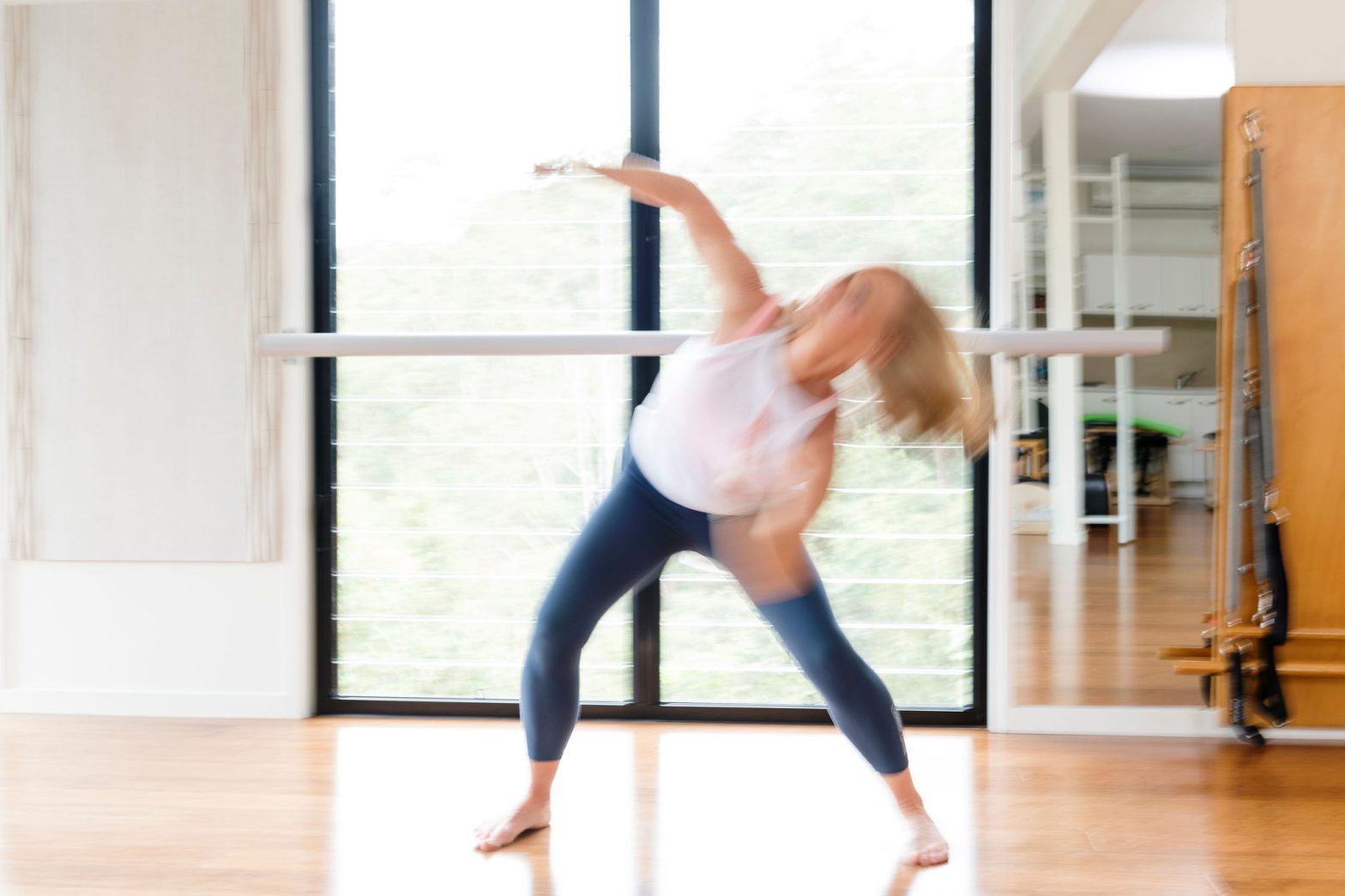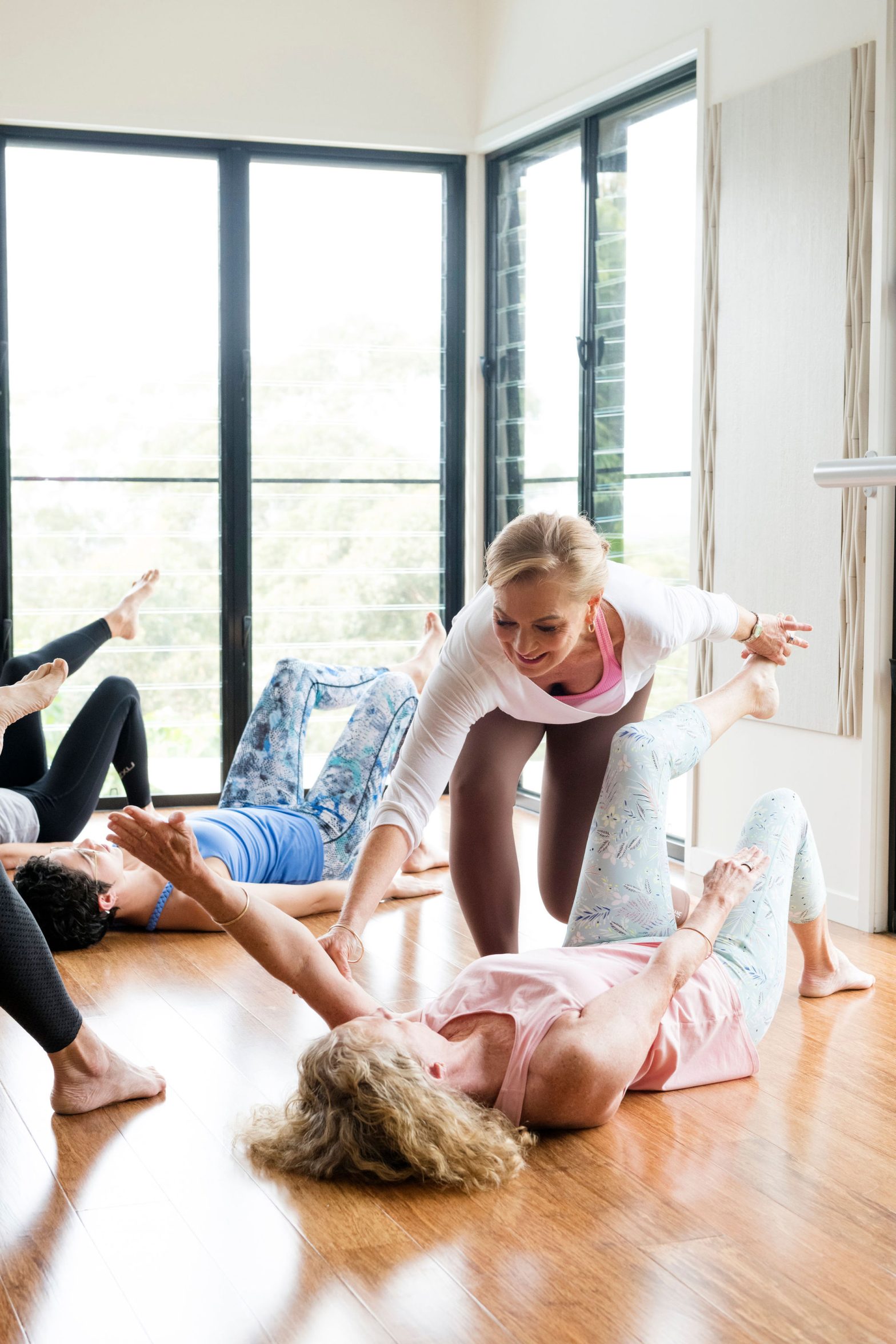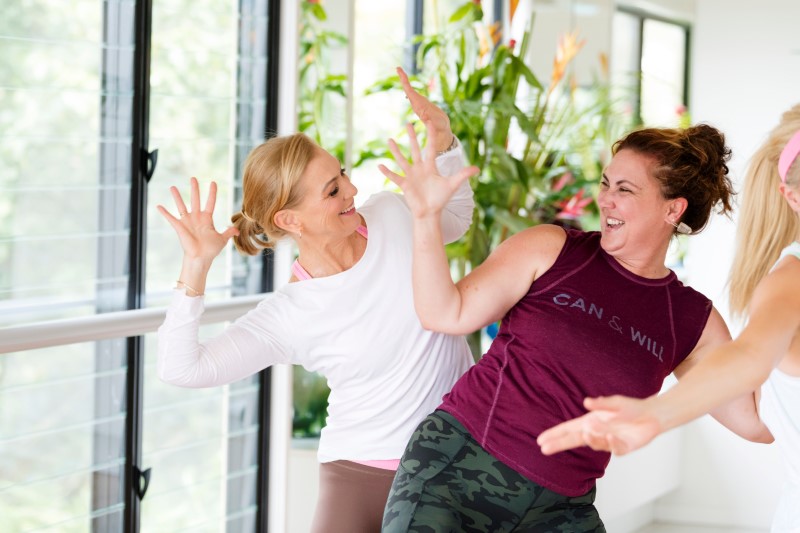
Pilates Reformer Teacher Training
Posted on July 16, 2019 by adminWhat is a Pilates Reformer? This unique ‘machine’ was developed by Joseph Pilates in the 1950s using a combination of springs, pulleys and straps and a moving carriage. Until relatively recently the use of the Reformer and understanding of the potential for developing the muscles with the resistance with it was under-appreciated and definitely outside of the mainstream. Not anymore!
Initially Pilates was probably thought of as a modality that should be lumped in somewhere between yoga and aerobic fitness classes. But nowadays, as people from the general public move more and more into taking care of their bodies and becoming informed about what does and doesn’t work for them, Pilates is experiencing a huge growth phase and as a result the demand for instructors is growing exponentially. From Pilates mat classes by the beach to specific rehabilitation in Physiotherapy clinics, Pilates is aiding people in strengthening, lengthening and toning their muscles while developing better awareness of themselves and their body.
Pilates Reformer Studios
One of the biggest expansions is in Pilates studios (and gyms) that focus on the provision of Pilates Reformer classes. These studios (and gyms), and their classes, have greatly increased in popularity in recent years and the clients who are enjoying these classes come from all walks of life- from young and fit sporty types to retirees wanting to stay mobile and healthy with gentle but directed exercise programmes.
This style of Pilates has developed into something better known (and commonly called) Group Reformer. These sessions, and the studios who offer them- as the name suggests are delivering classes that are composed solely of Reformer exercises, with anywhere from 5-12 reformers in a room and with usually just one instructor overseeing the group.
As a client or participant in these sessions you are ideally healthy and relatively injury free. This ensures that these classes are a fun and dynamic way to get out and move your body, making use of the straps, pulleys and resistance to bring your body into completely new movement patterns and strengthen muscles that you didn’t even know you had!
Training to work in a Pilates Group Reformer Studio
It is very important, therefore that as the instructor of these Group Reformer sessions that you have proper training necessary to confidently run a session for a large group of people, taking into account all the various needs and ability levels that such a large and diverse class will present.
The Pilates Group Reformer instructor training is generally a shorter course than a full Pilates qualification at the Certificate IV or Diploma level, given that you really need only study the Reformer repertoire and cover topics about how to teach effectively.
Depending on the caliber of studio/gym that you intend to work in, the level of training expected will be different depending on the type/style/number of Group Reformer classes being offered. Some studios (and gyms) have a pre-set routine for clients who have passed a rigorous screening period and already know how to perform the exercises in their own bodies. These are the easiest to teach.
Other studios (and gyms) may focus on the more rehabilitation-based aspects of Pilates during some small group sessions but will also offer Group Reformer classes to their clients at other times of the day. Given that most of the clients attending a studio (or gym) will be expecting a more experienced Pilates Instructor in the smaller or even one on one classes, it would be advisable to have a more rigorous Qualification. This way you and your employer can feel more confident that you are able to respond appropriately to the needs presented and deliver both types of Pilates Reformer classes.
The Pilates industry is a fun, dynamic and fantastic industry to enter in any capacity, so whether you decide to just do a Short Course on the Pilates Reformer enabling you to teach some high energy and dynamic sessions, or do a full Qualification with an in-depth focus on the full range of Pilates equipment- you will be rewarded. Pilates will provide you with an outlet to be creative and fluid, and to bring that fluidity and strength forward to help others reach their highest potential.
Latest Blog Post

The Benefits of Somatic Movement Therapy Training in Australia
Somatic Movement Therapy is a rapidly growing field that combines techniques from Dance Movement Therapy and Somatic Psychology with an understanding of how the body moves. Through experiential movement sessions and developmental awareness, Somatic Movement Therapy aims to help clients reconnect with their innate movement intelligence and gain insights into emotional and physical patterns. Training …
Continue reading “The Benefits of Somatic Movement Therapy Training in Australia”

A Guide For Pilates Instructors: 6 Indicators Your Client Understands An Exercise
Excellence in Pilates can commonly be defined as the art of understanding an exercise. As a dedicated Pilates trainer, one of your top priorities is ensuring that your clients grasp the essence of each exercise. While their enthusiasm and effort may be evident, gauging their understanding is crucial to maximise their progress and prevent potential …
Continue reading “A Guide For Pilates Instructors: 6 Indicators Your Client Understands An Exercise”

Certification Pathways for Pilates Instructors in Australia
If you have a passion for Pilates and are considering becoming a qualified instructor, it’s important to understand the various certification pathways available in Australia. As a government-accredited training provider, Tensegrity Training is well-positioned to guide you on your journey to becoming a professionally recognised Pilates teacher. There are generally two main qualifications that Pilates …
Continue reading “Certification Pathways for Pilates Instructors in Australia”

